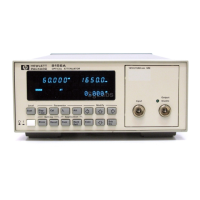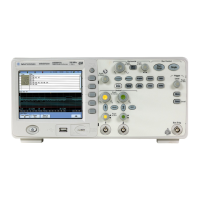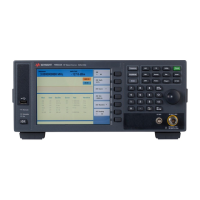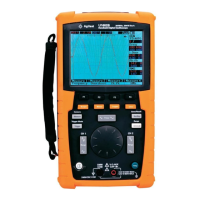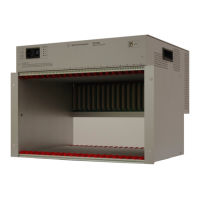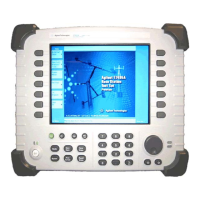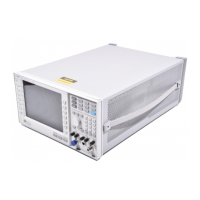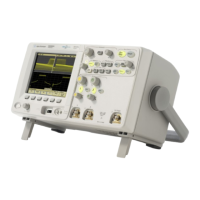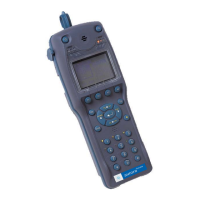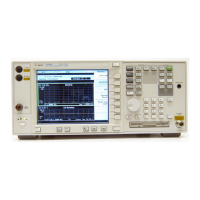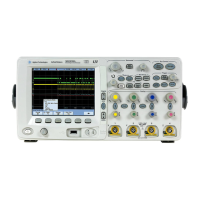Lesson 1 – The Training DAC
162
Timing
Step 3 You may wish to use individual device cycles for starting the
analog module and while doing measurements.
Vectors
Step 4 At least one vector setup is always required—the setup of the
digital pin that provides the start trigger.
Analog Setup
Step 5 In the Analog Setup Tool you select the analog module to be used
in the test (for the DAC test this is a digitizer) and set all of its
characteristics (parameters).
Depending on the module, the characteristics may range from
input impedance, input voltage range, lowpass filter selection, and
so on, to sampling frequency and sequencer programming.
A delay after receiving the trigger can also be specified. This may
be necessary, because the start of an analog module must take into
account the delay between signal generation and arrival of the
response.
Routing
Step 6 All analog modules contain a relay multiplexer which allows to
route the signal of a pin to the module, or tho another pin.
The routing for the Analog modules is defined with the Routing
Tool.
Create Source Waveform
Step 7 The Mixed-Signal Tool is used for creating, saving, and retrieving
waveforms for mixed-signal tests.
The Mixed-Signal Tool allows you to create all kinds of waveforms,
from simple ramps up to multi-tone signals. These waveforms can
be downloaded to the digital pin electronics as well as to arbitrary
waveform generators.
For DAC tests, you can also load any stored vector setup which
contains the pattern of the desired waveform.
Set up and Execute the Test
Step 8 To execute a mixed signal test, you can set up a testsuite in the
testflow which either runs one of the ready-to-use testfunctions, or
a user written test method which performs a specific test of your
device.
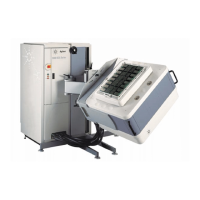
